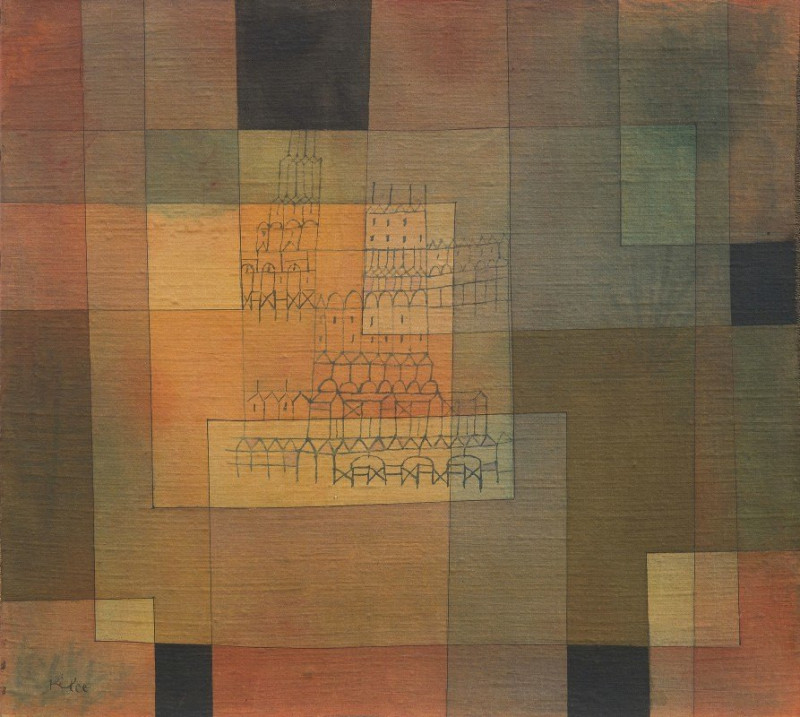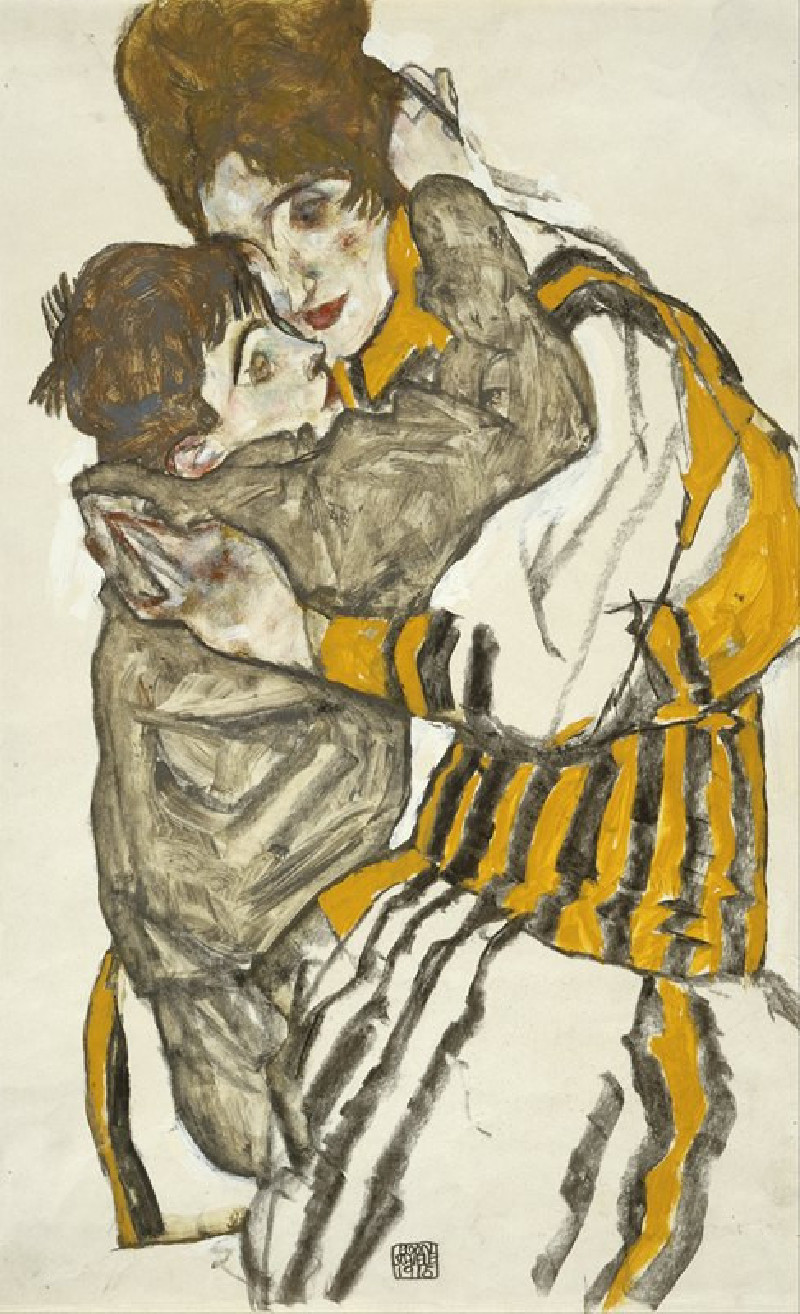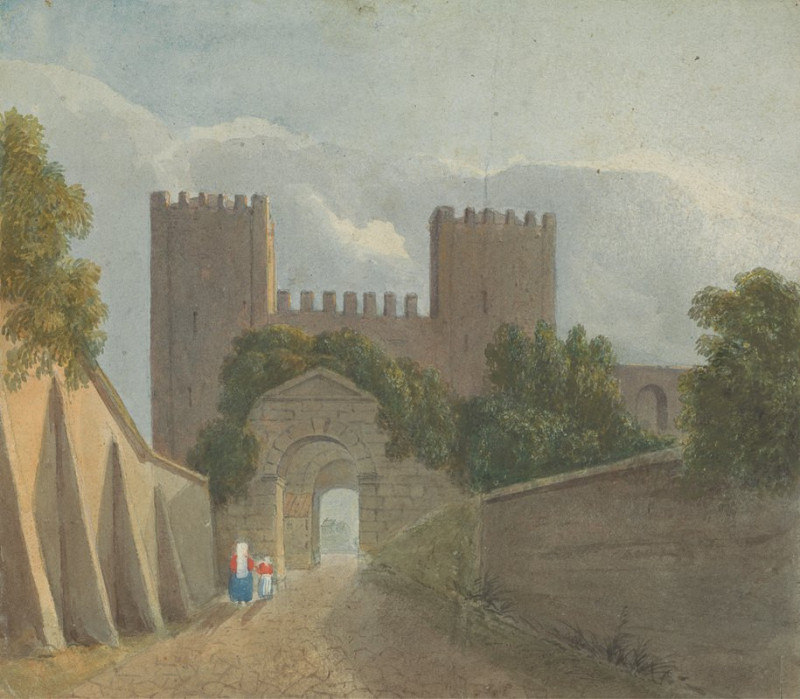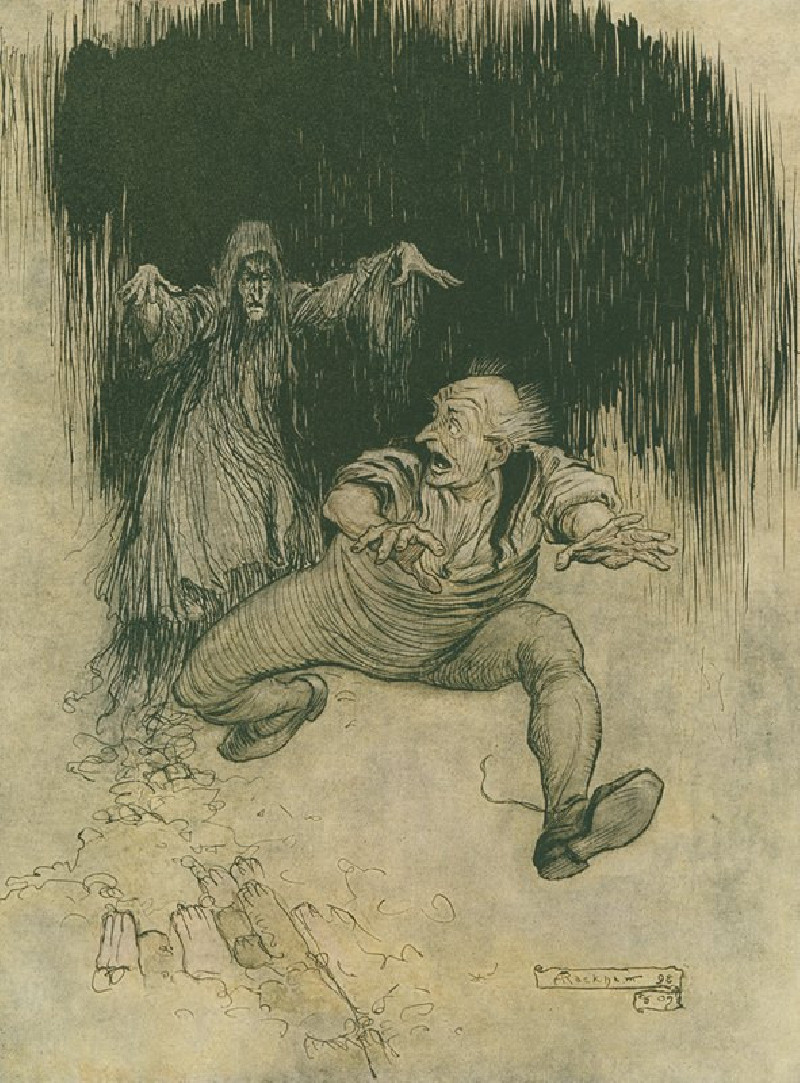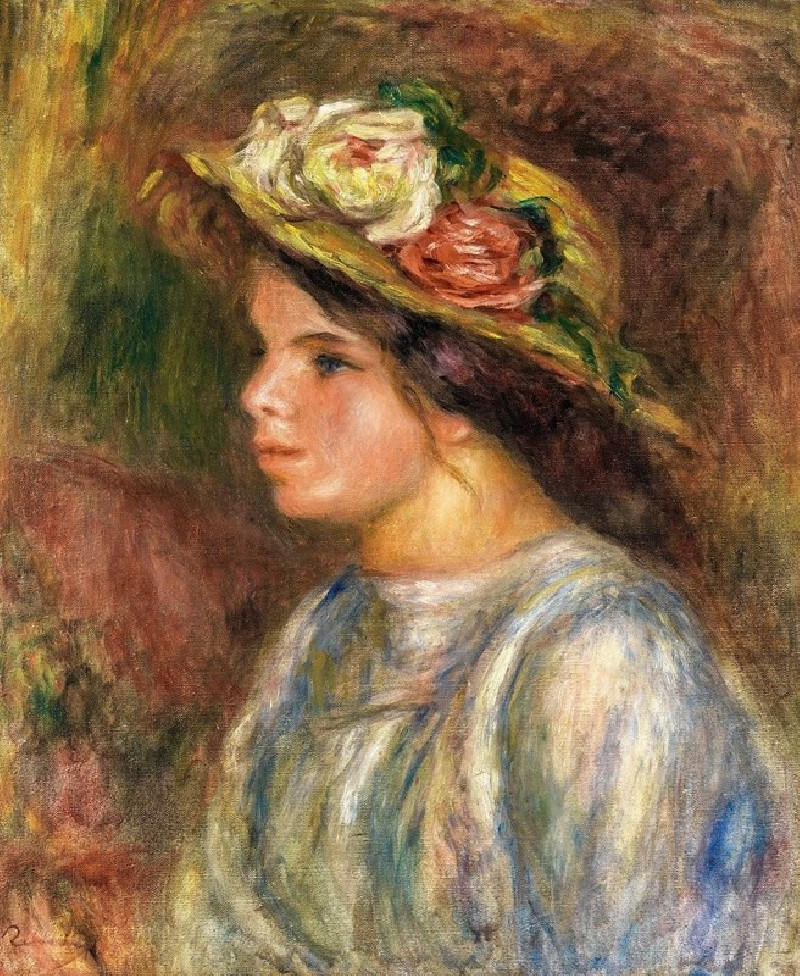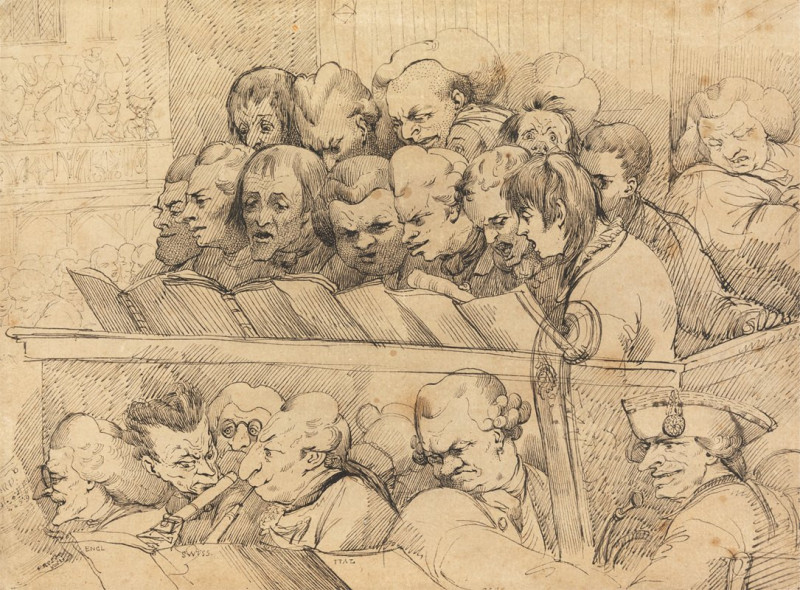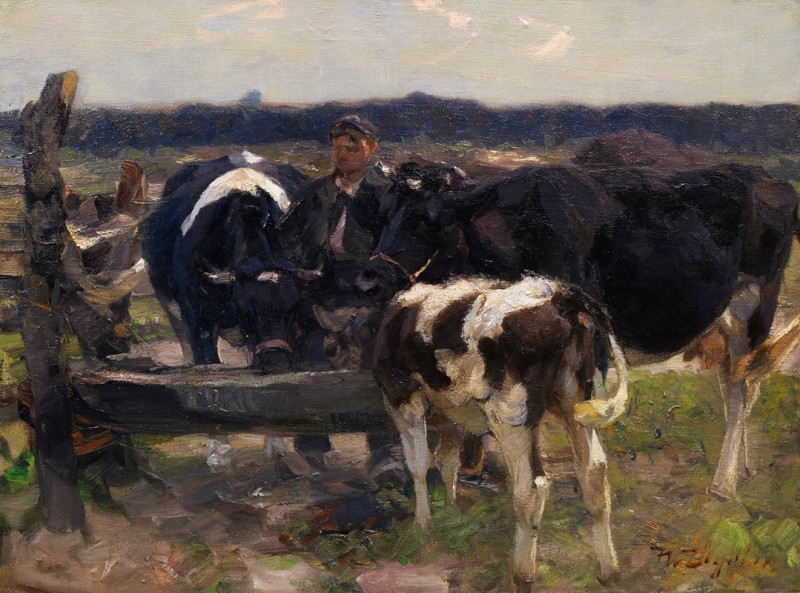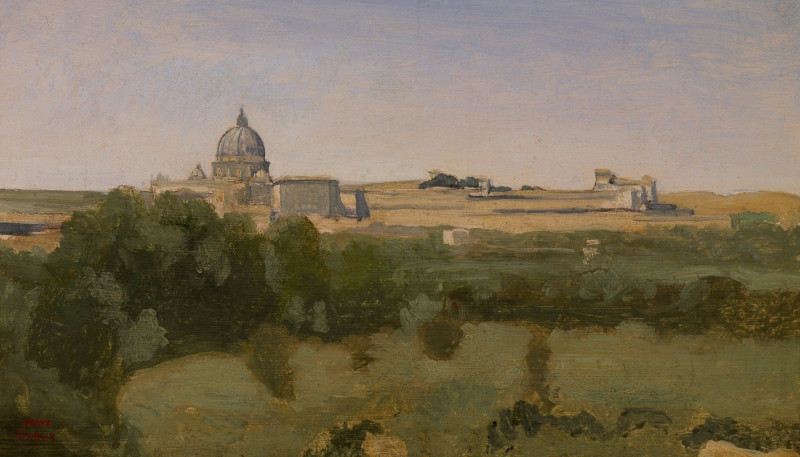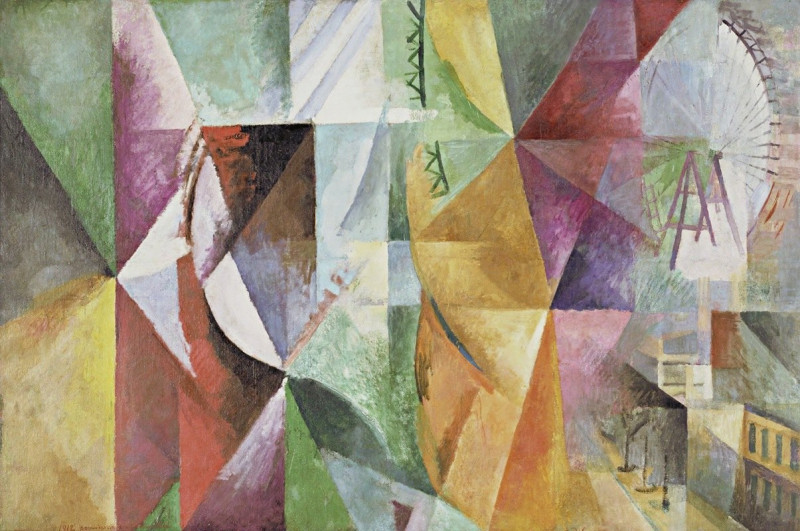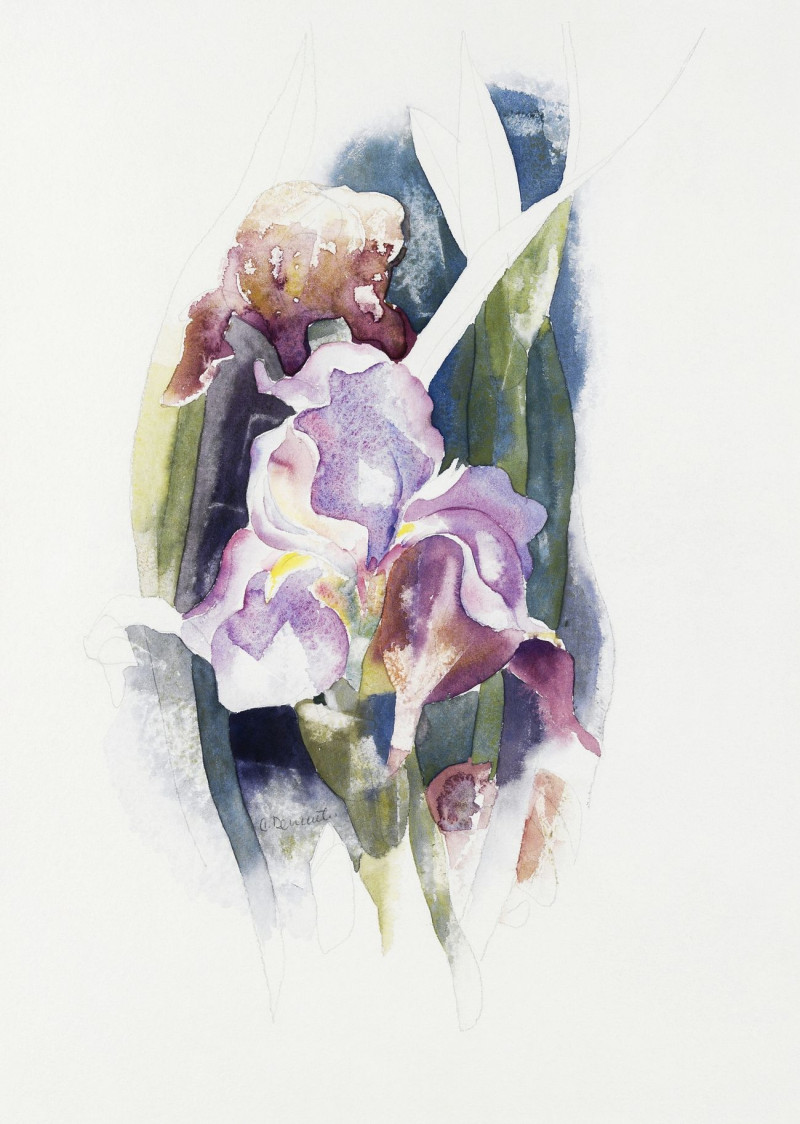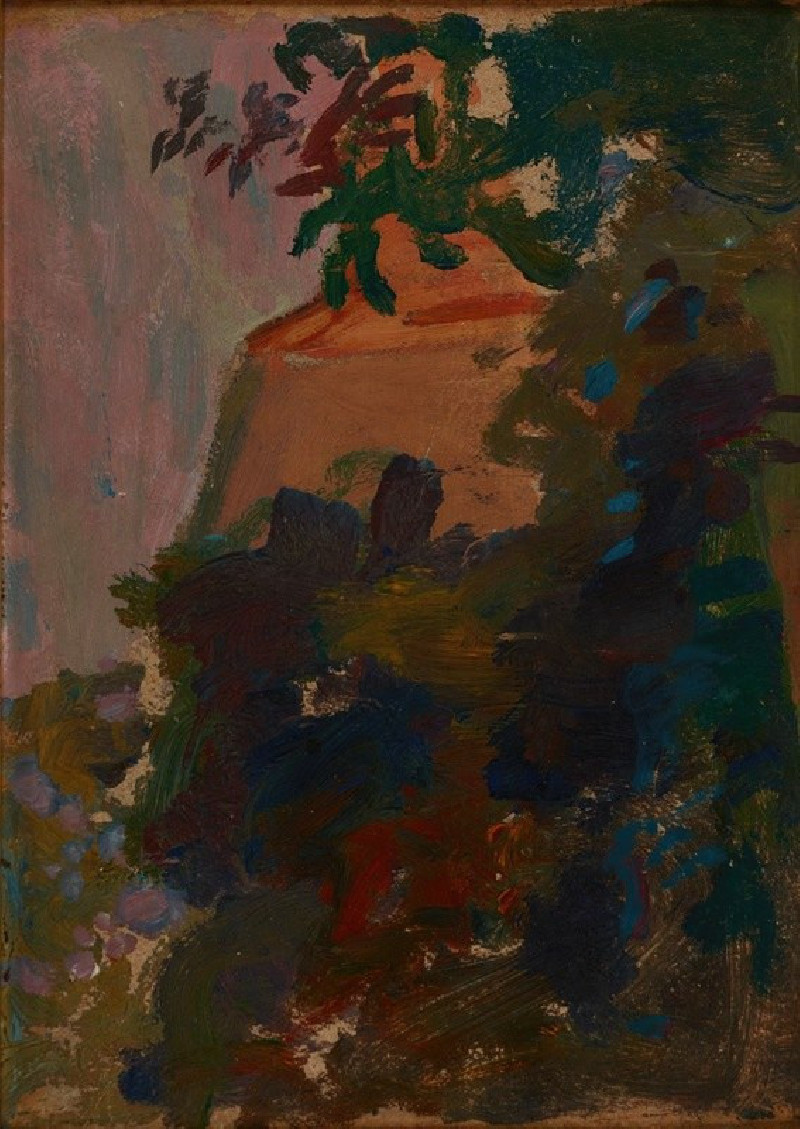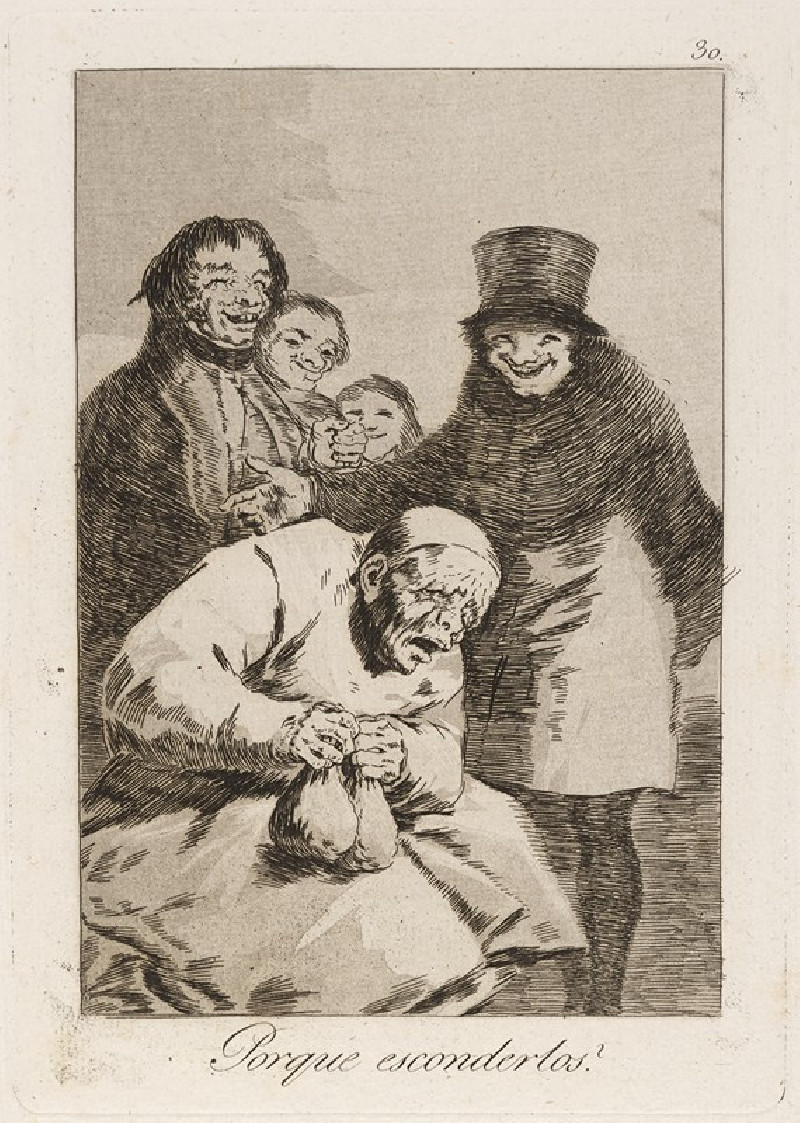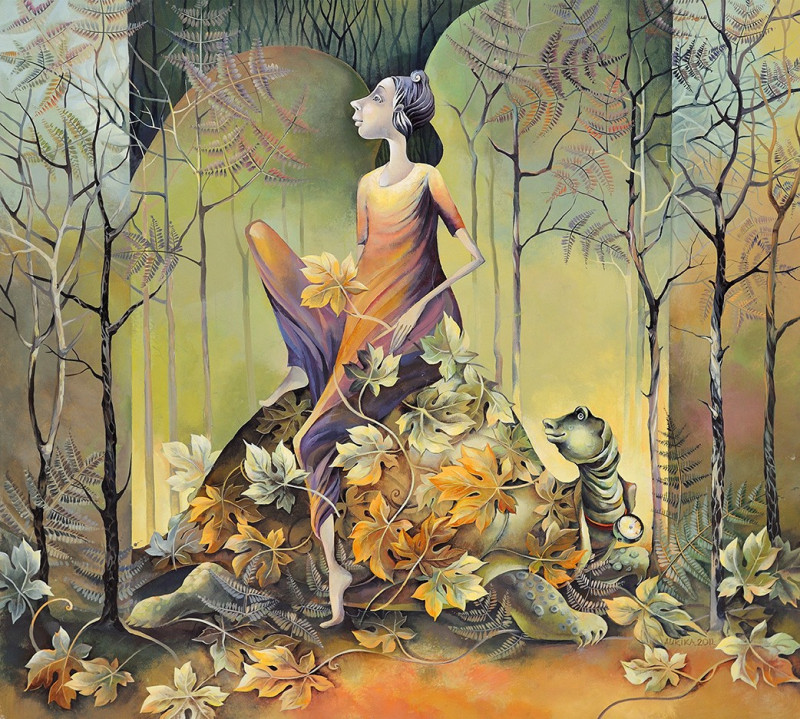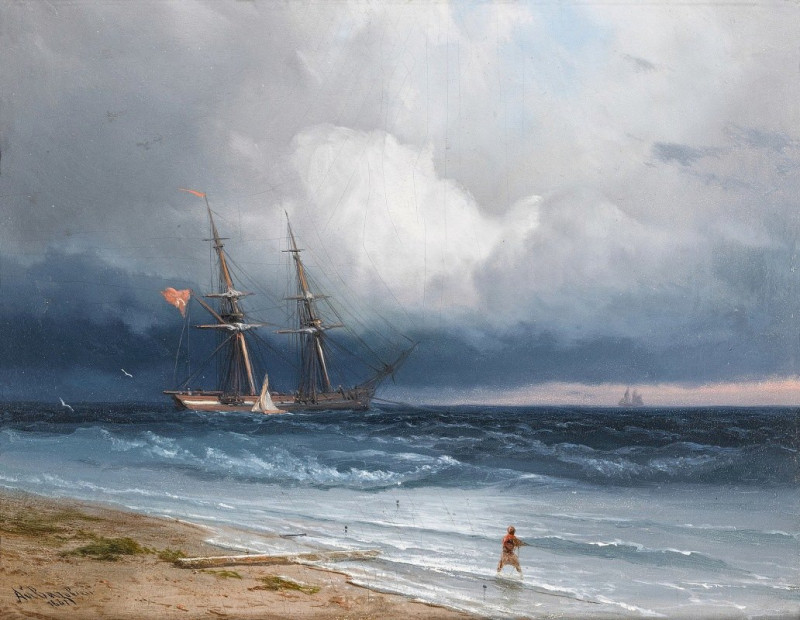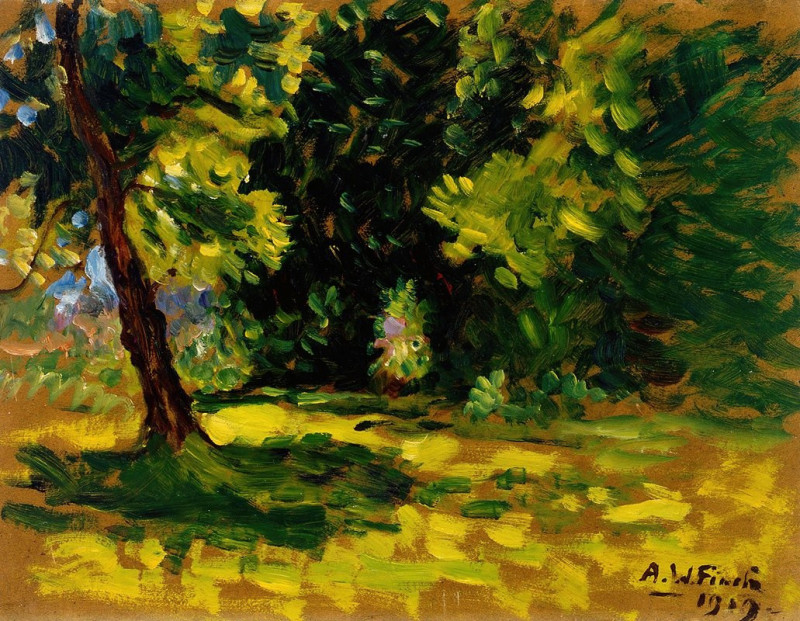Polyphonic Architecture (1930)
Technique: Giclée quality print
Recommended by our customers
More about this artwork
Welcome to our exploration of "Polyphonic Architecture," a mesmerizing painting created by Paul Klee in 1930. This artwork stands as a testament to Klee’s ingenuity in blending color, shape, and subtle abstraction into a harmonious visual symphony.At first glance, the painting draws attention with its intricate composition of variegated square and rectangular blocks. These geometric forms create a mosaic of earthy tones, including ochres, umbers, and muted greens, punctuated by deeper shades of black and gray. This base acts as a canvas, setting a subdued yet dynamic backdrop for the central element of the composition.Emanating from the heart of this geometric landscape is a stylized architectural form, depicted in a lighter, luminescent hue that captures the viewer’s gaze. This central motif, composed of interconnected lines and arches, suggests a multi-tiered structure, perhaps reminiscent of a fantastical building or an abstract musical score. The suggestive outlines of balconies, windows, and archways lend an almost audible rhythm to the piece, playing into the title "Polyphonic Architecture."Klee’s use of overlapping translucent colors and the delicate balance between the different elements fosters a sense of depth and melody. The artwork invites viewers to interpret the layers of form and color, much like a piece of complex music invites interpretation through its various harmonic lines."Polyphonic Architecture" not only illustrates Paul Klee’s mastery over color and form but also reflects his philosophical exploration of art as akin to music, where every component works in concert to create an emotive and thought-provoking experience.
Delivery
Returns
Paul Klee was a Swiss-born German artist. His highly individual style was influenced by movements in art that included expressionism, cubism, and surrealism. Klee was a natural draftsman who experimented with and eventually deeply explored color theory, writing about it extensively; his lectures Writings on Form and Design Theory (Schriften zur Form und Gestaltungslehre), published in English as the Paul Klee Notebooks, are held to be as important for modern art as Leonardo da Vinci's A Treatise on Painting for the Renaissance.

